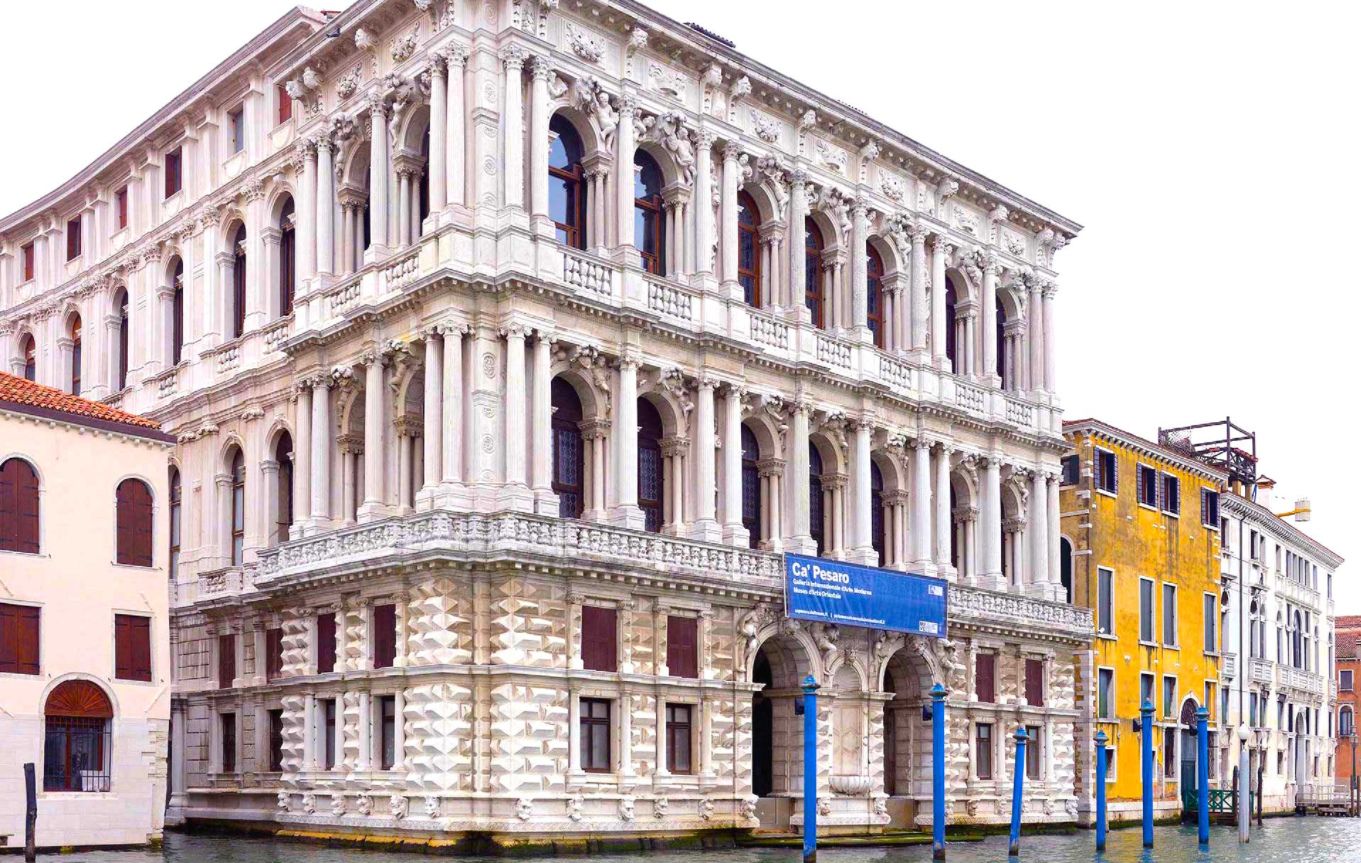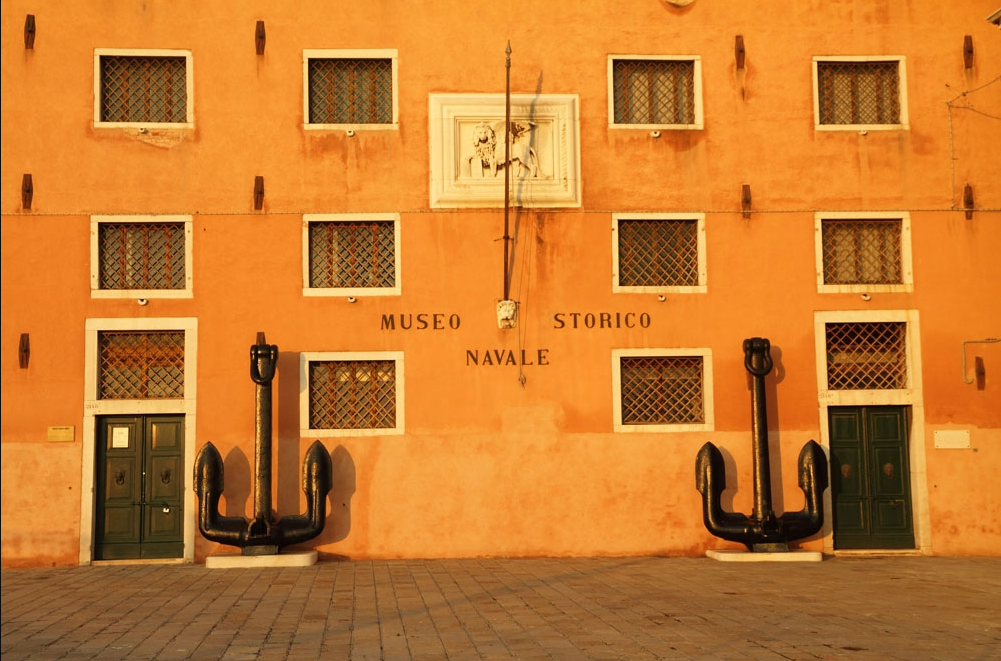Behind the tall windows of the magnificent Baroque façade of the Palazzo Ca Pesaro on the Grand Canal, owned by the Venetian municipality, is the Museum of Oriental Art. It so happened that the last mistress of the palace, Duchess Felicita Bevilacca La Masa, wrote it to the city in her will on the condition that her collection of paintings and sculptures of the 19th and 20th centuries would also be placed there. Now the palace has not one, but two museums.
In the middle of the 17th century, the wealthy Venetian family Pesaro commissioned the project to the famous architect Baldassare Longen, the author and builder of the Cathedral of Santa Maria della Salute and the Palazzo Ca Rezzonico. The erection of the building in the favorite Baroque style of the architect began in 1669, he managed to complete the inner courtyard with beautiful loggias and most of the facade, but passed away. The family entrusted Antonio Gaspari to complete the construction, and he coped with the task with dignity, harmoniously complementing the architectural image with features of classicism.
What to see
The composition of the facade overlooking the Grand Canal is complex, but perfectly balanced. On the plinth there are lion’s faces facing the water, the wall of the first floor above them is trimmed with rusticated stone, the double entrance portal is decorated with decorative masks and sculptures. A row of windows on the second and third floors are divided by columns of the Corinthian order, the space between them is filled with bas-reliefs with flowers, playful cupids have settled over the window niches. The courtyard, with a marble well, is flanked by Doric pilastered arcades that conceal vast terraces.
The interior has preserved frescoes and ceiling paintings by Niccolo Bambini, Giambattista Pittoni, Giovanni Crozato, Francesco Trevisani and Girolamo Brusaferro.
International Gallery of Contemporary Art
The exhibition presents paintings by Franz von Stuck, Gustav Klimt, Wassily Kandinsky, Joan Miró, Yves Tanguy, Henri Matisse, Philip Malyavin, Mario Sironi, Paul Klee. The sculptures by Medardo Rosso, doused with hot wax, make a strong impression. The collection is constantly updated with donations and new acquisitions. The works of Umberto Boccioni, Alberto Burri, Giorgio De Chirico, Mario Sironi, Giorgio Morandi, Filippo de Pisis were bought at the annual Venice Biennale at the expense of a special city fund, this process continues today.
Museum of Oriental Art
The third floor is occupied by a collection of Japanese artifacts from the Edo period 1603-1868. Famous swords, samurai armor, sculptures, drawings, the finest porcelain, enamels and netsuke figurines create a convex and vivid picture of the culture of the island empire under the rule of the Tokugawa shogun family. Indonesian and Chinese art objects are exhibited in separate rooms. The total number of exhibits is about 30 thousand.
Address: Venice, Santa Croce, 2076.

